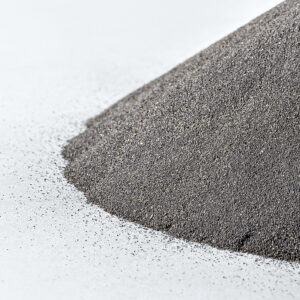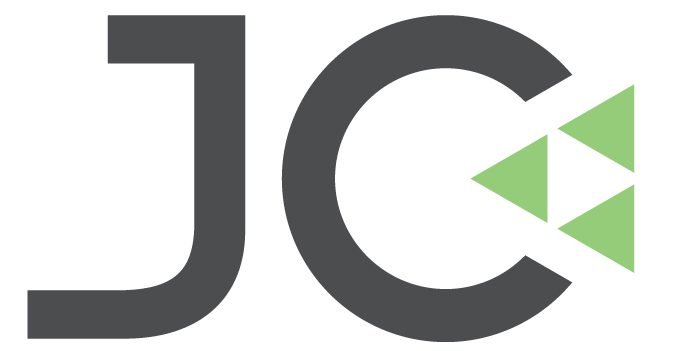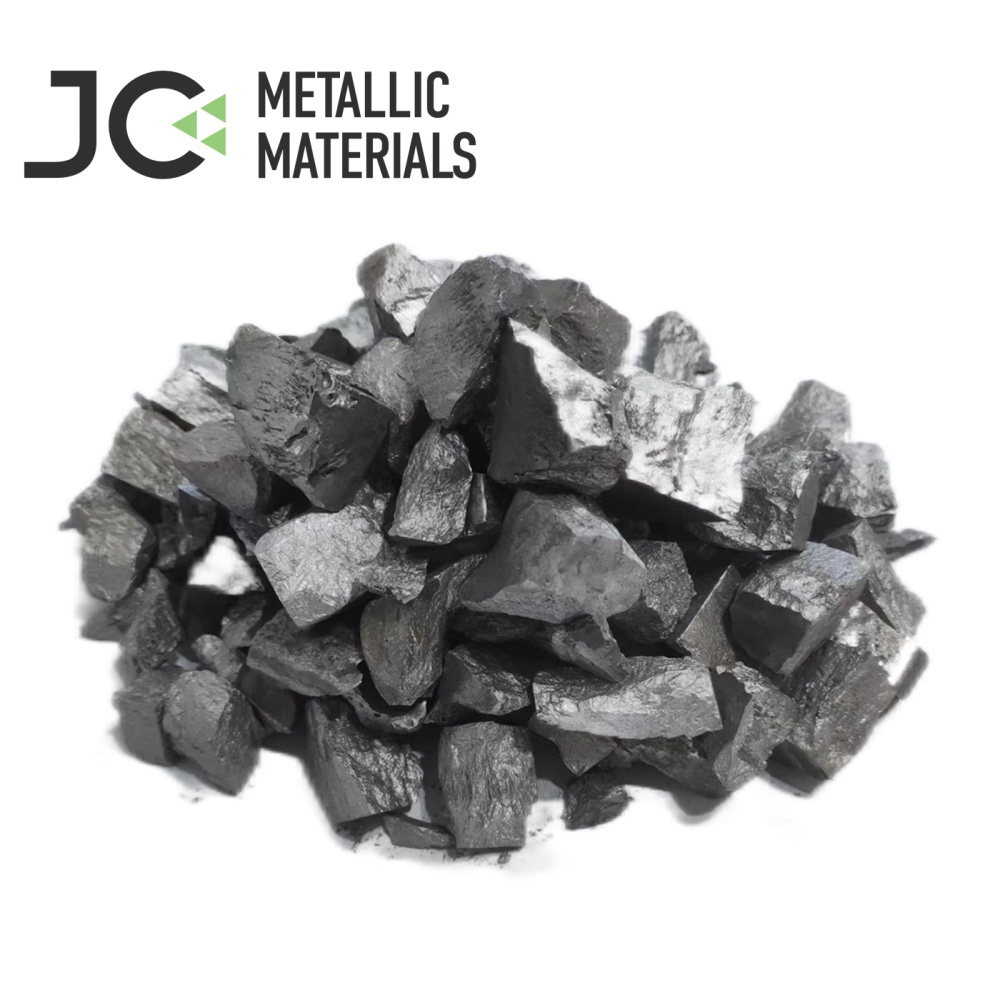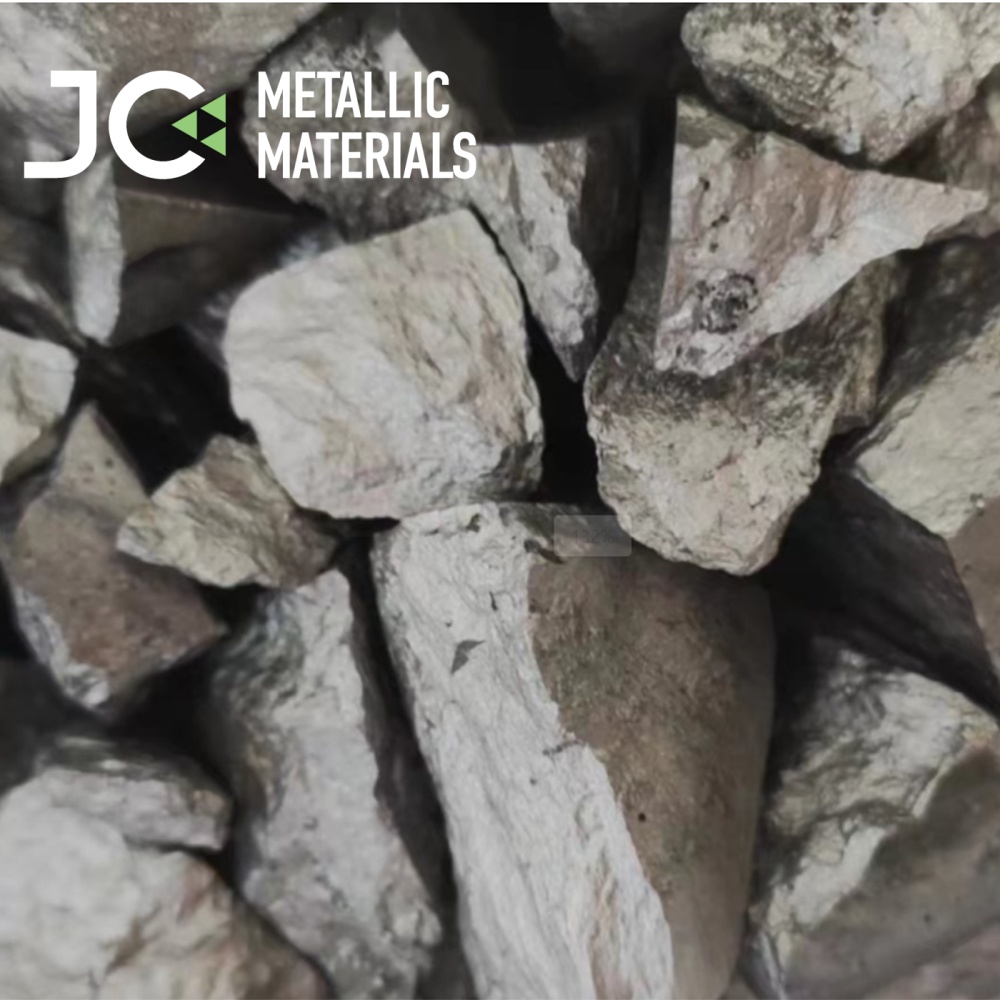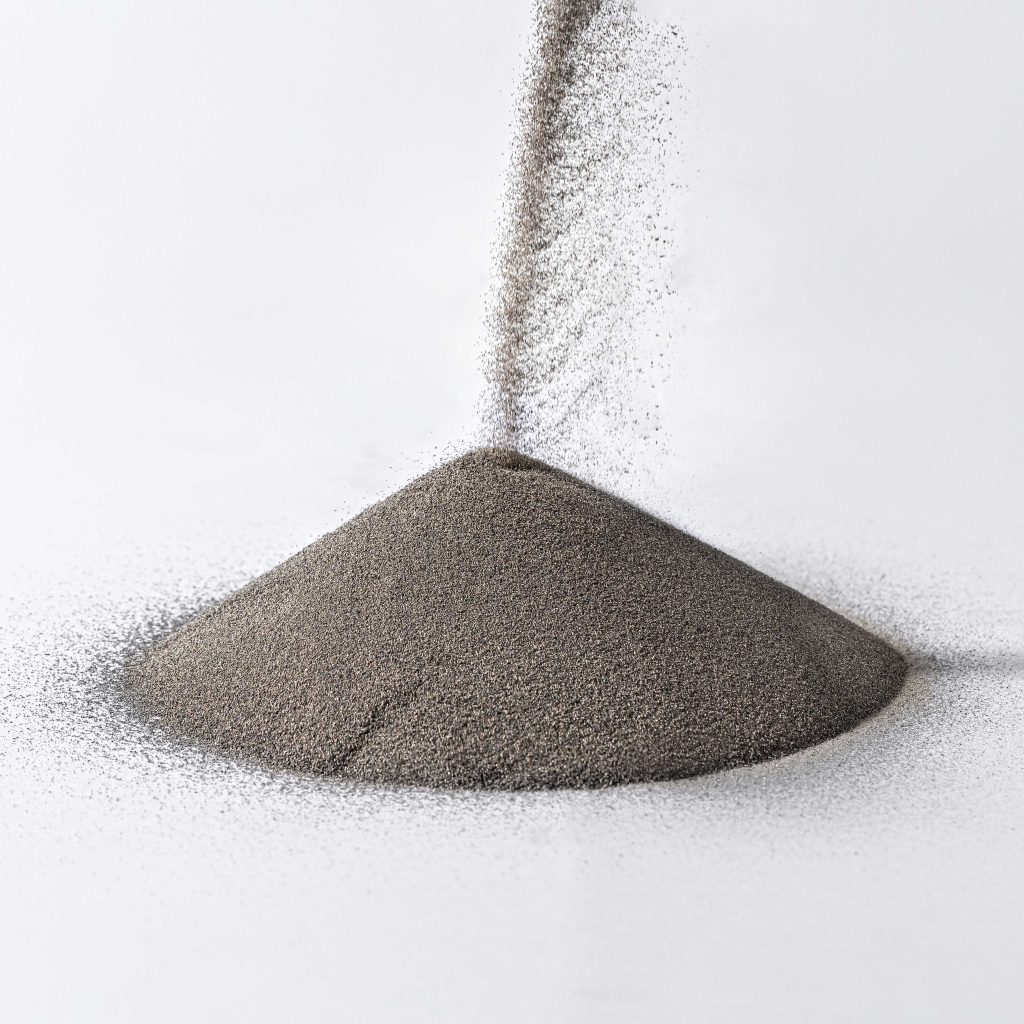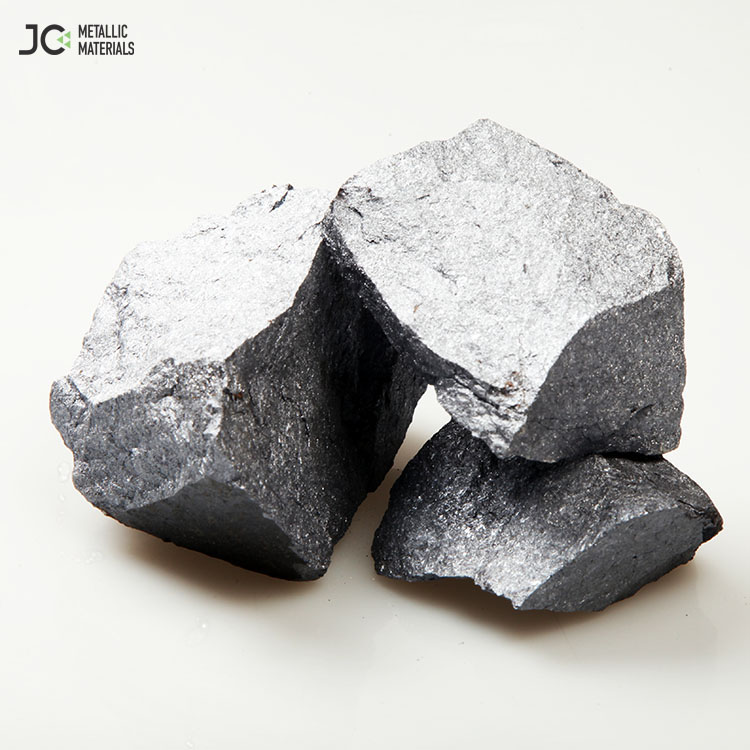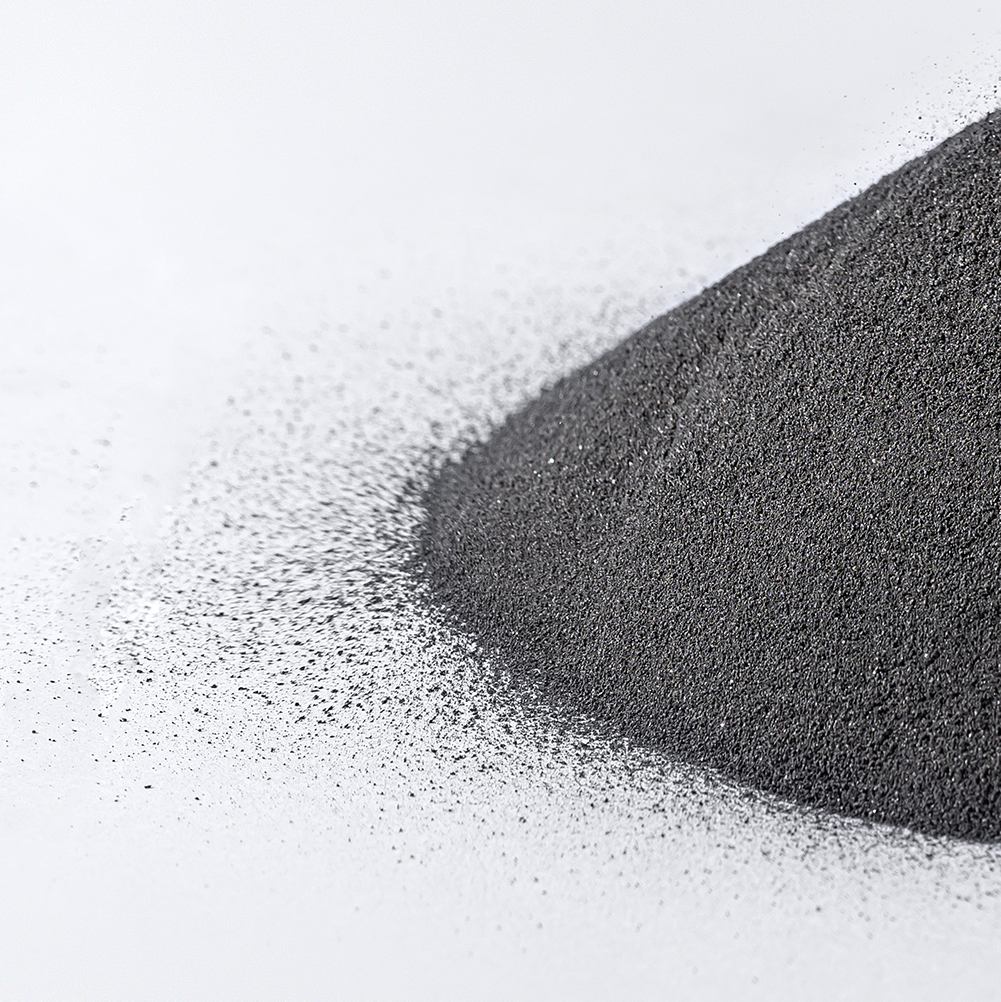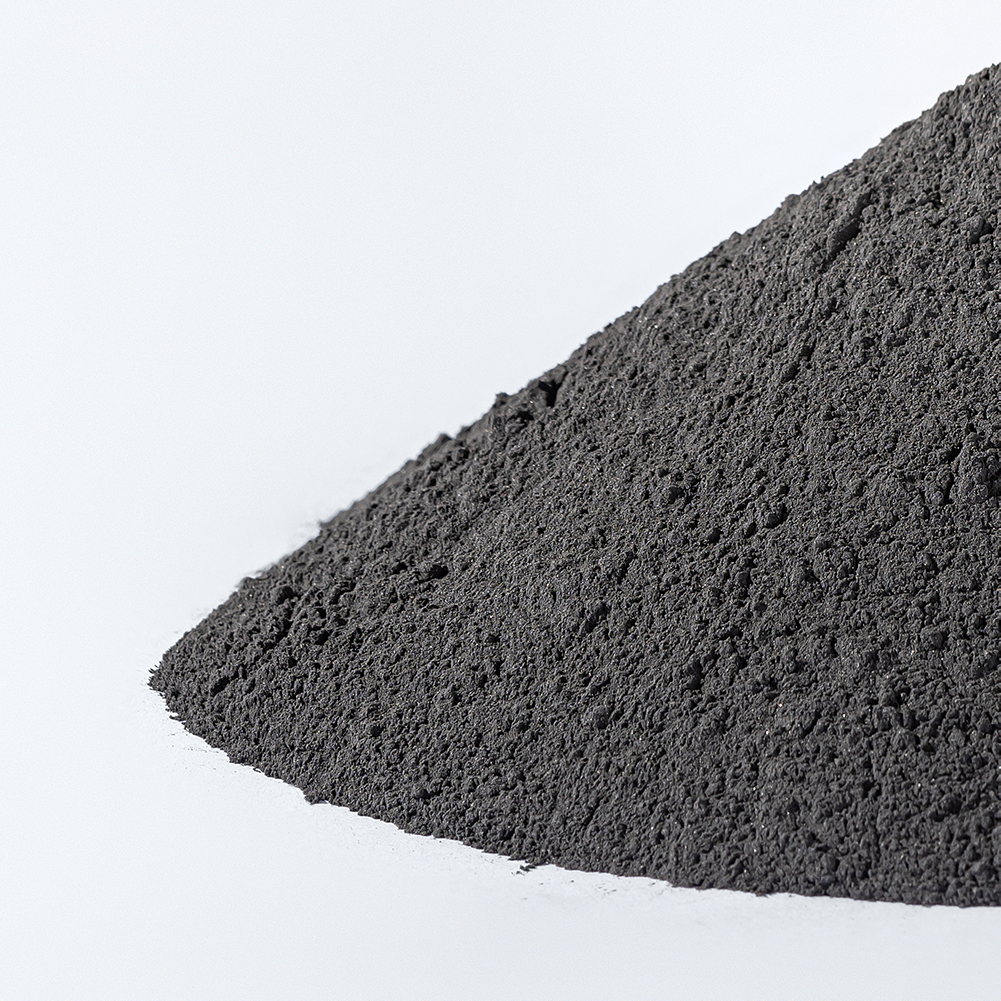
Tungsten Powder: Types, Installation, and Guide
Tungsten powder is a fine, grey metal powder that is produced by hydrogen reduction from tungsten ores. It is known as a metal powder with a high melting point (3400°C) and exceptional thermal and electrical conductivity. It is ideal for the production of tungsten-based parts such as heavy metal alloys and electrical contacts.
As you know, tungsten is known for its durability, resistance to heat and corrosion, and its ability to resist wear. So, these industries mostly rely on it, such as aerospace, electronics and precision manufacturing, as well as the defence industry.
In this blog, we will give you detailed information about tungsten powder, its types, forms and recommended installations. We will also explore a step-by-step guide that will help you select the right supplier.
Types of Tungsten Powder
The type of tungsten you choose will depend on the end use and manufacturing process.
1: Pure Tungsten Powder
It is usually 99.9% pure. It is used for electrical components, heating elements, filaments and in the preparation of tungsten parts by sintering.
2: Tungsten Carbide Powder
This material is made by mixing tungsten and carbon powder at high temperatures. So, it is used for cutting tools, drill bits and wear-resistant components.
3: Spherical Tungsten Powder
The spherical shape of the particles improves flowability and packing density. This type is used in metal injection moulding and thermal spraying, as well as additive manufacturing.
4: Nano Tungsten Powder
Nano powder has an extremely small particle size (usually less than 100 nm). It is used for energy-related applications, military-grade material, catalysts and superalloys.
5: Granulated or Agglomerated Tungsten Powder
This powder is designed for improved moldability. It is used often in pressing and sintering, where high-density components are formed, like counterweights and shielding blocks.
Key Properties and Specifications
Understanding the technical properties of tungsten is important for successful sourcing and applications:
- Particle size distribution:Determines surface finish and sintering behaviour.
- Purity:Electronics and aerospace use higher purity levels (e.g., 99.9%).
- Bulk density:This is important for flow and compaction.
- Oxygen and carbon content:Must be controlled to ensure consistent metallurgy.
- Surface Area (BET): It has a significant influence on their reactivity.
To verify the specifications, you always request a Technical Data Sheet (TDS).
Installation and Handling of Tungsten Powder
The handling and storage of powder is a delicate process, particularly in industrial settings.
- Storage requirements:Store in airtight containers, in a dry, cool and non-reactive atmosphere. To prevent contamination or oxidation, avoid exposure to air or moisture.
- Safety precautions: The fine particles of tungsten can cause inhalation. When handling, use gloves, safety glasses and masks (N95 or higher) with proper ventilation. Handling nano-sized powders should be done in fume hoods or enclosed systems.
- Mixing and Pressing Techniques: It is important to mix binders and additives under controlled conditions. Mixing equipment with high precision is recommended to prevent inconsistencies. To prevent defects, apply uniform pressure during pressing.
- Sintering and furnace compatibility:High-temperature furnaces are required for sintering tungsten (up to 2000°C+). To prevent oxidation, the sintering environment should be either a vacuum or a reducing atmosphere (typically hydrogen). Make sure your furnace is capable of handling tungsten melting and sintering.
Buying Guide: How to Source the Best Powder From China?
Due diligence is required when sourcing high-quality tungsten, especially from markets such as China. Here are some things to consider:
1: Verify Supplier Credentials
Select manufacturers who have ISO 9001 certifications and a proven track record in exporting tungsten. Choose those who comply with REACH and RoHS, especially for EU-based markets.
2: Request technical and safety documentation
Request the Material Safety Data Sheets (MSDS), Technical Data Sheets (TDS), and reports from third-party laboratories. These documents confirm the safety and quality of the product.
3: Compare particle size, pricing, and purity
Compare prices based on the same specifications. Powders that appear cheaper may have lower purity or grain sizes that are inconsistent.
4: Confirm minimum order quantities (MOQs) as well as packaging
The MOQ may vary depending on the grade and quantity. Packaging must be moisture-proof and anti-static. Batch numbers and expiration dates should also be clearly labelled.
5: Order Samples before Bulk Purchase
Test a small amount to make sure it is compatible with your process. Evaluation of flowability, compaction, and performance of the final part.
Applications of Tungsten Powder Across Industries
The versatility of tungsten powder makes it a great choice for high-tech and high-strength applications.
- Aerospace and Defense: High-density components, armor-piercing projectiles, heat-shields
- Electronics: Contact materials, semiconductors and filaments
- Additive Manufacturing:Spherical powders used for metal injection molding and 3D printing
- Metal Tooling:cemented carbide dies and tools, as well as wear-resistant components
- Medical and nuclear:Radiation shielding, precision components and counterweights
Each industry has specific requirements for grades and properties.
Final Thoughts
Tungsten is an essential industrial material that has exceptional mechanical and thermo-mechanical properties. Therefore, it is indispensable for modern manufacturing.
To ensure a successful implementation, it is important to choose the right type of tungsten powder. It is also important to source from reputable suppliers. Understanding the different types of tungsten, the storage and usage requirements and the purchasing process will help you to ensure consistency in quality and performance.
Most Asked Questions
Q1: What types of tungsten are available?
Answer: Tungsten powder is available in many types. Like pure tungsten, tungsten carbide, spherical (used for 3D printing), nano, granulated, or agglomerated powder. Each type is designed to meet specific industrial needs.
Q2: What is the best way to store and handle tungsten?
Answer: The tungsten powder should be kept in an airtight container that is moisture-proof and dry. When handling fine or nano powders to prevent contamination or inhalation. You need to wear proper PPE equipment.
Q3: How do you install or use powder in your home?
Answer: It can be mixed with binders, pressed into desired forms and then sintered at high temperatures. The handling technique depends on the application. Metal injection moulding, pressing to sinter, or feeding 3D printer systems all require different handling techniques.
Q4: What is the best tungsten-type powder to use for my application?
Answer: The best tungsten powder for you depends on factors such as particle size, purity, and the intended use. For example, spherical powder is the best powder for additive manufacturing. Tungsten carbide powder is perfect for cutting tools and wear-resistant components.
Q5: Where can I find high-quality tungsten?
Answer: You can buy tungsten powder in Europe, China, and the United States. Check for ISO certifications and technical data sheets. Also, look at previous export experiences and third-party laboratory tests.
https://www.jinchunmetal.com/?s=Tungsten+Powder
